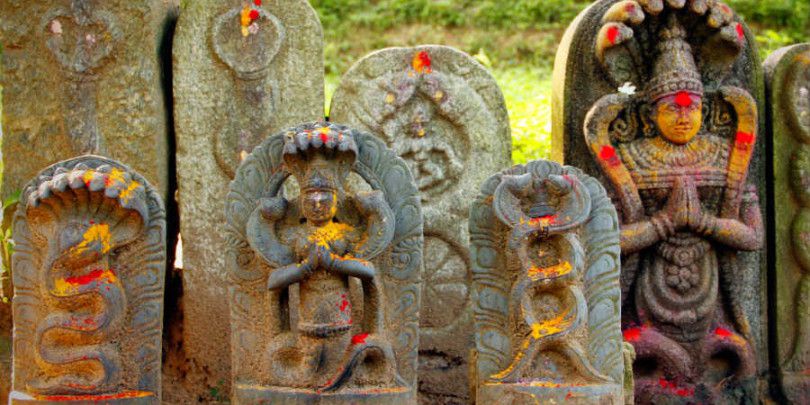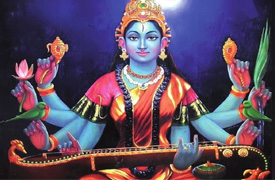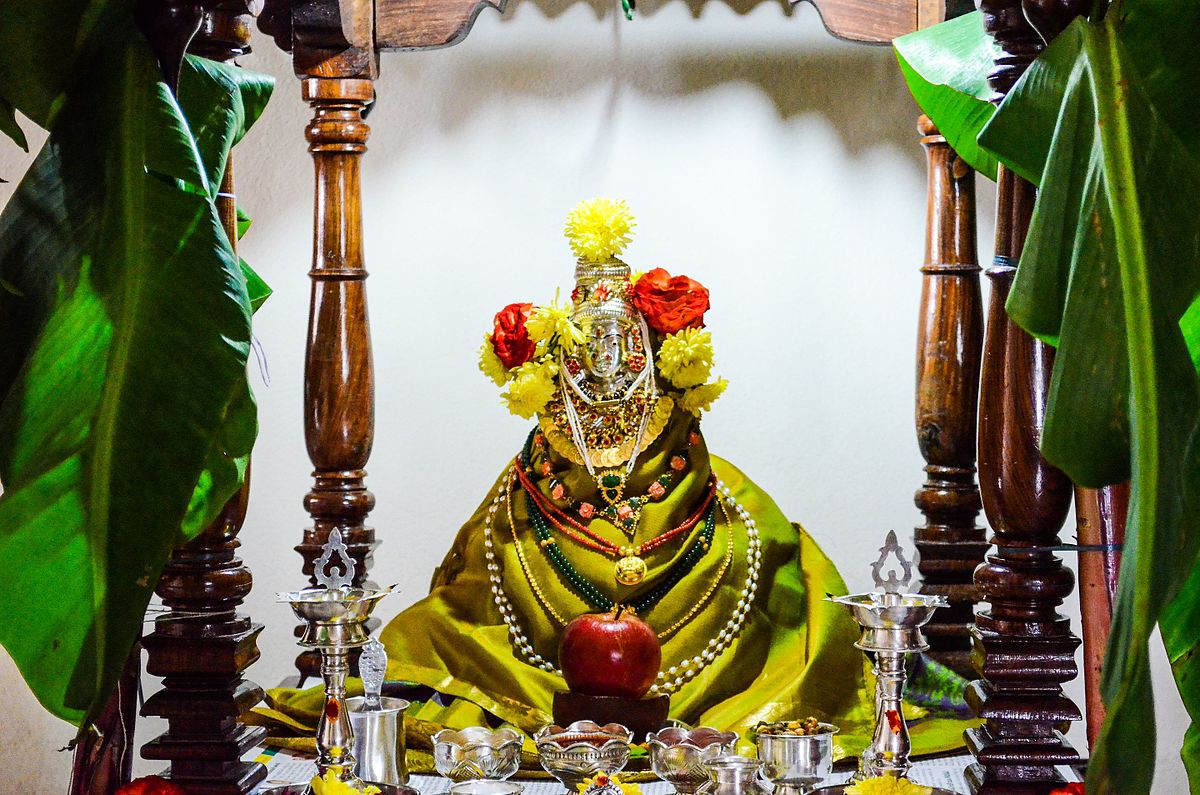Sacred Serpents: The Enchanting Traditions of Naga Panchami
Naga Panchami is a Hindu festival dedicated to the worship of serpents or snakes, celebrated on the fifth day (Panchami) of the bright half of the lunar month of Shravana (July-August). The festival holds significant cultural and religious importance in various parts of India, especially in states like Maharashtra, Karnataka, Andhra Pradesh, Tamil Nadu, and West Bengal. It is also observed in Nepal, Pakistan, and other countries with Hindu populations.
Here are some key details about the Naga Panchami festival:
Worship of Snakes: Naga Panchami is primarily about worshiping snakes, which hold a special place in Hindu mythology. Snakes are believed to be powerful and divine creatures, associated with both creation and destruction. In Hinduism, they are often associated with Lord Shiva, and in some traditions, snakes are considered the protectors of the earth's treasures.
Rituals and Celebrations: On Naga Panchami, people clean and decorate their homes, especially the areas where they believe snakes might reside. They also visit temples dedicated to snakes and offer prayers and milk to snake idols or representations. In rural areas, ant hills and snake holes are also worshiped. Images or depictions of snakes are drawn using turmeric paste or cow dung at the entrances of houses.
Offerings: Devotees offer milk, flowers, vermillion, and turmeric to snake deities or idols. Some people even offer eggs as a symbol of fertility and prosperity. In regions where snakebites are common, people offer prayers for protection from snakebites and other dangers associated with snakes.
Fast and Pooja: Some people observe a partial or complete fast on Naga Panchami. They perform special poojas (rituals) at home or in temples, seeking blessings and protection from snakes. The rituals involve reciting prayers, singing hymns, and making offerings to the snake deities.
Legend and Mythology: There are several stories in Hindu mythology related to snakes. One of the most well-known stories is the legend of Lord Krishna subduing the serpent Kaliya in the Yamuna River. This event is often depicted in traditional Naga Panchami celebrations.
Cultural Significance: Naga Panchami is not only a religious festival but also a cultural celebration that highlights the importance of coexisting with nature and all living creatures. It also showcases the unique beliefs and rituals of different regions within India.
Harvest Connection: Naga Panchami falls during the monsoon season and is sometimes associated with agriculture and harvest. Snakes are believed to play a role in controlling the population of rodents that can damage crops.
Regional Variations: The way Naga Panchami is celebrated can vary from region to region. In some places, there are processions featuring snake charmers and live snakes, while in others, it is a more subdued and traditional affair centered around prayers and offerings.
It's important to note that while Naga Panchami is a significant festival for many Hindus, attitudes towards snakes and the festival itself can differ among individuals and communities. Some people emphasize the symbolic and cultural aspects, while others place a stronger emphasis on the religious and ritualistic components.
Book this Puja now : https://daivoham.com/temple/manasa-devi-temple/naga-panchami/35/64
for more details contact-7799772899



